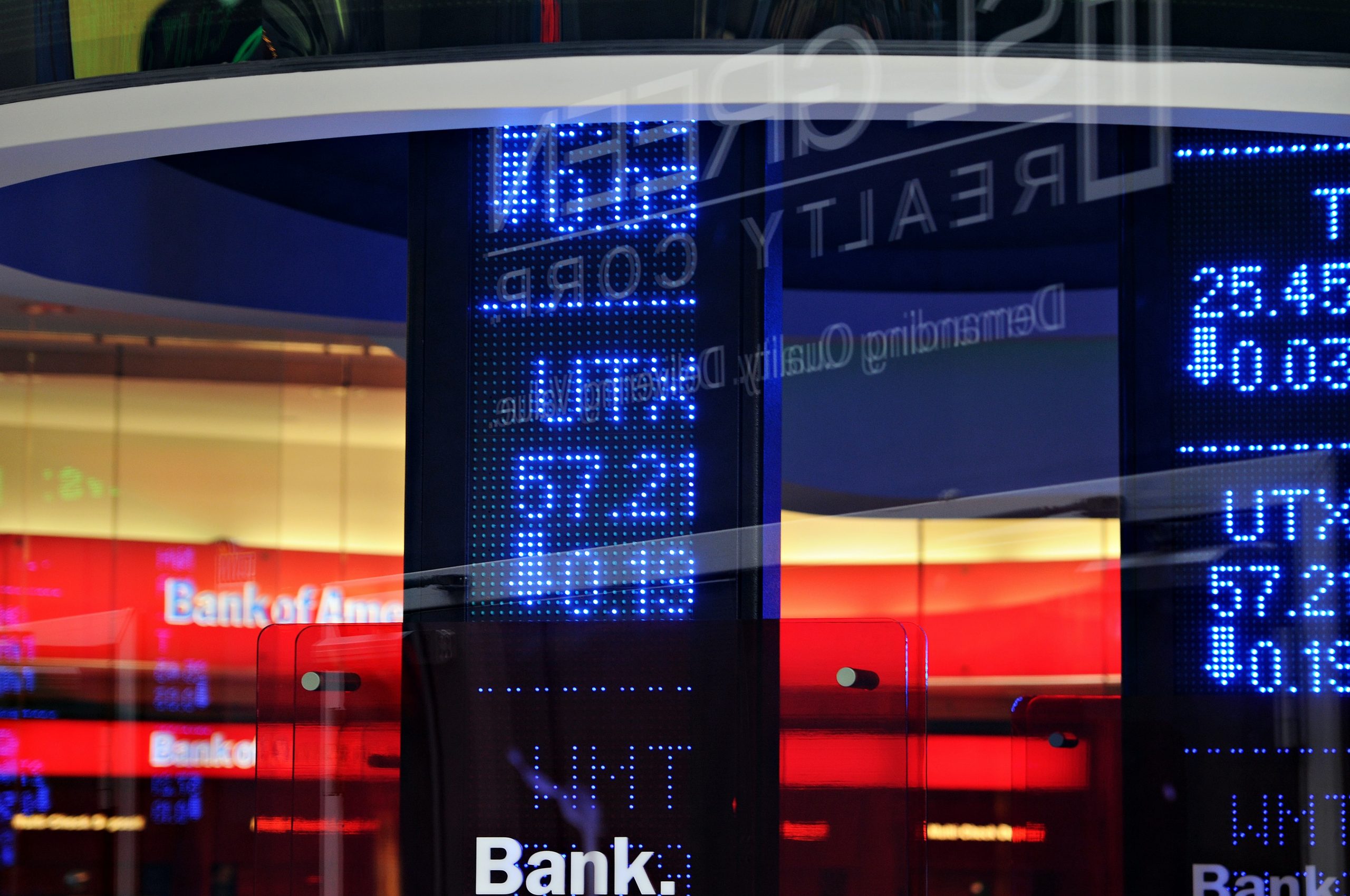It’s a good-news, bad-news situation as rising interest rates affect people in different ways
- The Federal Reserve is the direct cause of rising interest rates.
- Inflation made higher interest rates practically inevitable.
- Investors should monitor rising interest rates and consider the potential impact on their asset holdings.
In the U.S., changes in interest rates have ripple effects throughout the economy and markets. Central-bank actions are the direct driver of rising interest rates. However, investors should consider the contributing factors that prompted these actions and adjust their strategies accordingly.
From 19% in 1981 to nearly zero in 2020, the federal funds rate has been through some drastic changes. This rate is officially defined as “the interest rate at which depository institutions trade federal funds (balances held at Federal Reserve Banks) with each other overnight,” and it affects practically all interest rates in the U.S.
Lately, the federal funds rate has been rising and it’s expected to continue moving higher all year long. Knowing why this is happening and what it means for you is essential for investors and even non-investors.
Interest Rates Moving Higher
On May 4, 2022, the U.S. Federal Reserve (Fed) — the nation’s central bank — raised the federal funds rate by 0.5%. This might not sound like much, but it was the Fed’s biggest interest-rate increase in two decades.
As an indirect result, the 10-year U.S. Treasury bond yield rose to around 3%. Bear in mind, it had hovered near 0.5% in mid-2020.
Since higher-yielding government bonds may be more attractive to investors seeking risk-free returns, these bonds create competition with stocks, gold, silver and other investable assets. As a result, investors are justifiably nervous about their stocks and other portfolio holdings. Government bonds, which once yielded next to nothing, are now a serious threat.
Why Interest Rates Are Rising
Interest rates are rising because the Fed has raised the federal funds rate in a bid to curb inflation. A higher federal funds rate affects different people in different ways. Savings accounts might pay a little bit more, but higher mortgage rates will have a negative impact on home buyers.
All of this might prompt you to wonder why the Federal Reserve would put some asset classes at risk by raising interest rates. It’s probably the last thing that the Fed actually wants to do, but the central bank practically has to do it now.
After two consecutive months of 8%-or-higher Consumer Price Index (i.e., inflation) prints, there’s tremendous pressure on the Fed to take strong action. Among the Fed’s primary tools for controlling high inflation is raising the federal funds rate.
So, keep an eye on the inflation rate to see if it starts going back down to “normal.” Typically, the Fed considers 2% annualized inflation to be ideal. Until the inflation rate starts to approach that number, be ready for higher interest rates to persist.
What You Can Do about Rising Interest Rates Now
Higher interest rates could cause turbulence in stocks, precious metals, and mortgage rates for a while. During this time, you might be able to get good yields in government bonds and even in savings accounts.
This doesn’t mean that you have to overhaul your portfolio completely. It’s just a call to stay aware of inflation rates and interest-rate hikes. Additionally, you might consider reallocating your assets if necessary.
Photo by unsplash

